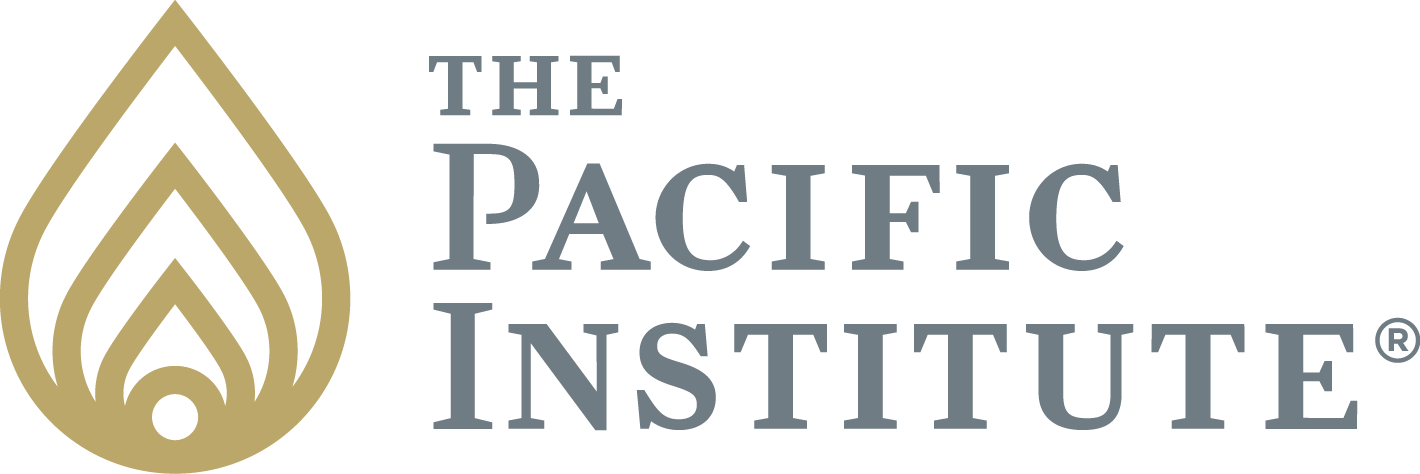First Steps to Building Better Employee Engagement Strategies
Written by The Pacific Institute
| May 27, 2025

Imagine your job is to press a button every few seconds. How excited would you be to clock in every day? (If viewers of “Lost” learned anything, probably not extremely excited.)
Now, imagine you still have that job, but you also have a boss who regularly explains why button pressing matters, thanks you for being so diligent about button pressing, and asks if there’s anything they can do to make button pressing more enjoyable.
This might not be enough to get you excited about button pressing, but it would make it more palatable.
That’s because the boss in this hypothetical is using simple but effective employee engagement strategies that demonstrate how much they appreciate you. When employees feel appreciated, they’re more likely to appreciate their employer in turn, resulting in more energy and enthusiasm at work. This is employee engagement, and it starts with the actions and attitudes of leadership.
What Is Employee Engagement, and Why Does It Matter?
The research firm Gallup defines employee engagement as “the involvement and enthusiasm of employees in their work and workplace.” Engaged employees are the ones who most enjoy their jobs and are motivated to do them well.
This translates to concrete business outcomes. Gallup found that high employee engagement correlates with a 78% drop in absenteeism, a 51% drop in turnover, an 18% increase in productivity and a 23% boost in profitability. Unfortunately, Gallup also found that only 31% of U.S. adults feel engaged at their jobs.
Most organizations realize they have work to do to raise employee engagement, but they struggle to understand exactly what steps to take. The most common approaches to boosting employee engagement are adding perks—everything from pizza parties to ping pong tables. These things are nice, but they don’t get at the heart of what makes an employee feel valued and motivated.
Instead, Gallup found five key drivers of employee engagement:
- A sense of purpose
- Opportunities to pursue professional development goals
- A focus on employees’ strengths
- Ongoing conversations with leaders
- A caring manager
Notice that two of these five drivers are related to leaders’ behavior. The other three are cultural factors that leaders play a key role in facilitating. Again, many of the most effective employee engagement strategies start at the leadership level.
Leadership’s Role in Employee Engagement
Here’s another eye-opening statistic from Gallup: managers’ actions account for 70% of whether an employee is engaged.
Consider the five drivers listed above. Whether someone has a sense of purpose at work is partially dependent on the work itself, but it’s even more dependent on how well a leader can communicate the value of the work and explain how it relates to the success of the organization.
Opportunities for professional development, again, are facilitated by leadership, as are opportunities for employees to use their strengths and be recognized for them.
Ongoing conversations create opportunities for employee empowerment, which translates to engagement by making the employee feel respected. Employees know better than anyone what will help them feel successful at work. A leader who listens to them and tries to meet their requests demonstrates that they value their input.
Listening to employee requests goes together with granting them autonomy and ownership over their work, something else known to boost engagement. People work harder when they’re encouraged to do their work the way they want to and pursue their own professional development goals.
All of this illustrates that effective employee engagement strategies are top-down tactics built on strong communication and mutual respect from leadership. It can be a lot for a leader to enact all at once, but coaching can help make it more manageable.
Leadership Coaching for Better Engagement
Most employee engagement strategies require active listening, effective communication, and emotional intelligence. These skills, like all others, need to be learned and practiced. Leadership coaching provides an opportunity for learning them.
With leadership coaching, you can develop skills that help you communicate better and meet employees’ needs more proactively. More importantly, coaching gives you heightened emotional intelligence and self-awareness, both of which are essential for boosting engagement.
Emotional intelligence equips you with the instincts you need to understand what your employees may be feeling and how you can motivate them better. Meanwhile, self-awareness has been proven to be an essential component of leading with both confidence and compassion.
Self-aware leaders recognize their own strengths and weaknesses and, in doing so, learn how to minimize any negative habits or insecurities that would otherwise damage their relationships with their subordinates. The clarity that self-awareness brings paves the way for a more compassionate, humble, and, ultimately, productive leadership relationship.
Developing self-awareness may seem like a big ask for a leadership coach, but the best coaches excel in helping you understand your own subconscious thoughts, mindsets, and habits—all things that contribute to your self-awareness. In the process, you also become more emotionally intelligent and a better communicator.
Employee engagement is built on a range of factors, but one thing they all have in common is that they start at the top. Leadership coaching can help you master the skills and attitudes needed to develop smart employee engagement strategies and put them into action.
The Ripple Effects of Growing Engagement
The impact of leadership coaching expands far beyond individual leaders. It extends to their teams, who appreciate the newfound respect and support they get from their managers.
The ripples don’t stop there, though. Employees who feel supported are more likely to be engaged; employees who feel engaged are more likely to work harder. They take more risks, tackle more challenging problems, and collaborate better.
Now, the other employees around them start to feel the benefits, too. Employee empowerment and enthusiasm becomes the norm. Before long, the organization is growing and thriving more than ever before because everyone—from top leaders to junior button-pressers—is engaged at work.
To experience the engagement boost that leadership coaching can bring, book a consultation today.




